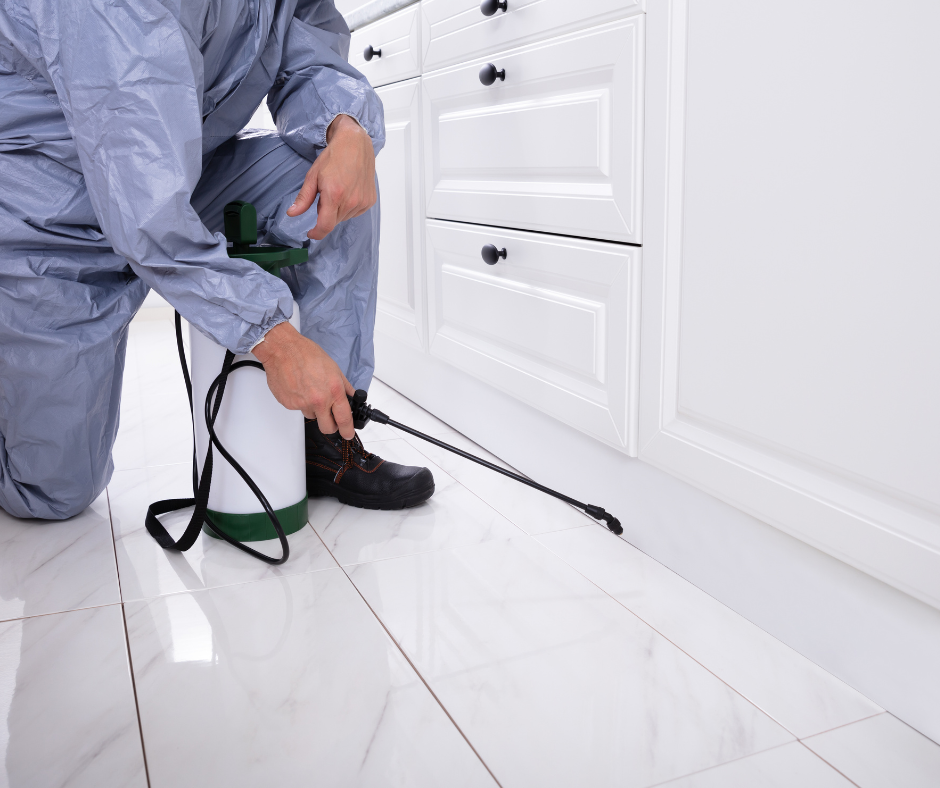As the landlord, you find that you have some unwelcome visitors—pests. They might be rodents, ants, fleas, roaches, or bedbugs. What is important to you is that you want to get rid of them, no matter what. How do you plan to proceed?
Making a call to a pest control business is the initial step to keep the creepy crawlers our of your house. Your renters’ health is at risk from bugs and rodents. You do not want to be held accountable for ill tenants.
Who is responsible for pest control– Landlord or Tenant?
A good lease will specify when the landlord is in charge of pest management and which tenants are in charge. In order to reduce the landlord’s responsibility, the lease cannot conflict with local laws. However, the lease may give rise to duties for the landlord beyond what is required by the local laws.
Landlords typically take care of preventive maintenance and regular pest treatment. If the tenants cause the infestation, they are accountable. To prevent infestation, the agreement should state that the tenants must maintain the apartment. For example, the lease should specify that the renter is liable for keeping the apartment tidy and keeping dogs from bringing in pests.
Local and State Laws
There might be particular rules for landlord pest management in state and local laws. Landlords must be knowledgeable about these rules. The implied warranty of habitability is among the most significant legal structures related to pest management in rental properties.
What is an Implied Habitability Warranty?
The implied warranty requires landlords of habitability to maintain rental properties that are suitable for human habitation. It is hidden, which means the lease need not explicitly mention it. Unfortunately, this definition leaves out significant information about the meaning of the term. This is because different states’ courts have used different definitions of the implied assurance of habitability.
Bug infestations do not explicitly determine the implied warranty of habitability in most states. The level of the infestation often decides whether or not a bug infestation violates the warranty.
You would be terribly misguided as a landlord if you believed that the habitability warranty was a grey area and that you did not need to worry about it. If there are no specific regulations in your area regulating the landlord’s responsibility for pest management, consider the implied warranty as a safety net for unhappy tenants.

Landlords’ Duties Regarding Pest Management
Buildings have to stick to local rules, and landlords must ensure that their rental units are safe. Landlords should consider offering preventive and seasonal pest treatment for every unit.
When a tenant reports a pest issue, landlords should check. While landlords can attempt do-it-yourself solutions if a problem develops, it is usually beneficial to contact a pest control provider. Specific state and municipal laws require professional pest control. In order to protect innocent renters, the infestation needs to be handled right away, even if you think the tenant is to blame.
Tenants’ Responsibilities Regarding Pest Management
It is a tenant’s responsibility to keep their rental property clean. That does not mean that it must be perfect. This means that if a property attracts pests, landlords must prohibit leftover food, piled-high garbage, and unclean living conditions. The primary reason for yearly inspections is this.
Pets belonging to tenants must use flea prevention. Who is at fault if the building suddenly becomes infested with fleas and the tenant is the only one with pets? In this situation, cover the pest control expense and then get the renter to pay the rest. Since the problem might have spread to other units by the time the landlord’s pest control company shows up, this could become very costly.
Conclusion
You have an outstanding lease that sets out who is in control of pest management. You are aware of the local laws. You carry out all of your responsibilities as a landlord. By taking these steps, you will reduce pest problems. You will also reduce your liability.

